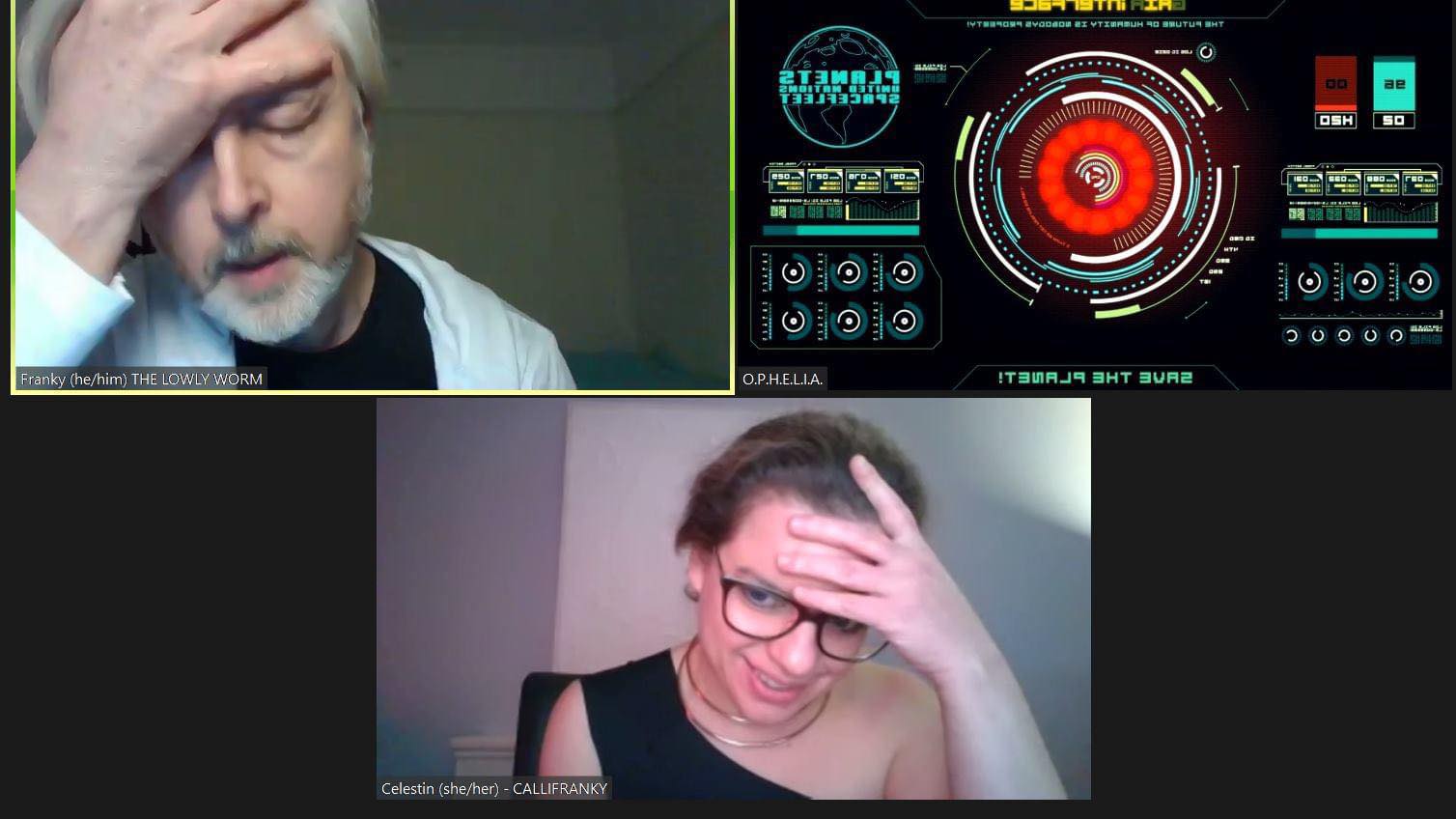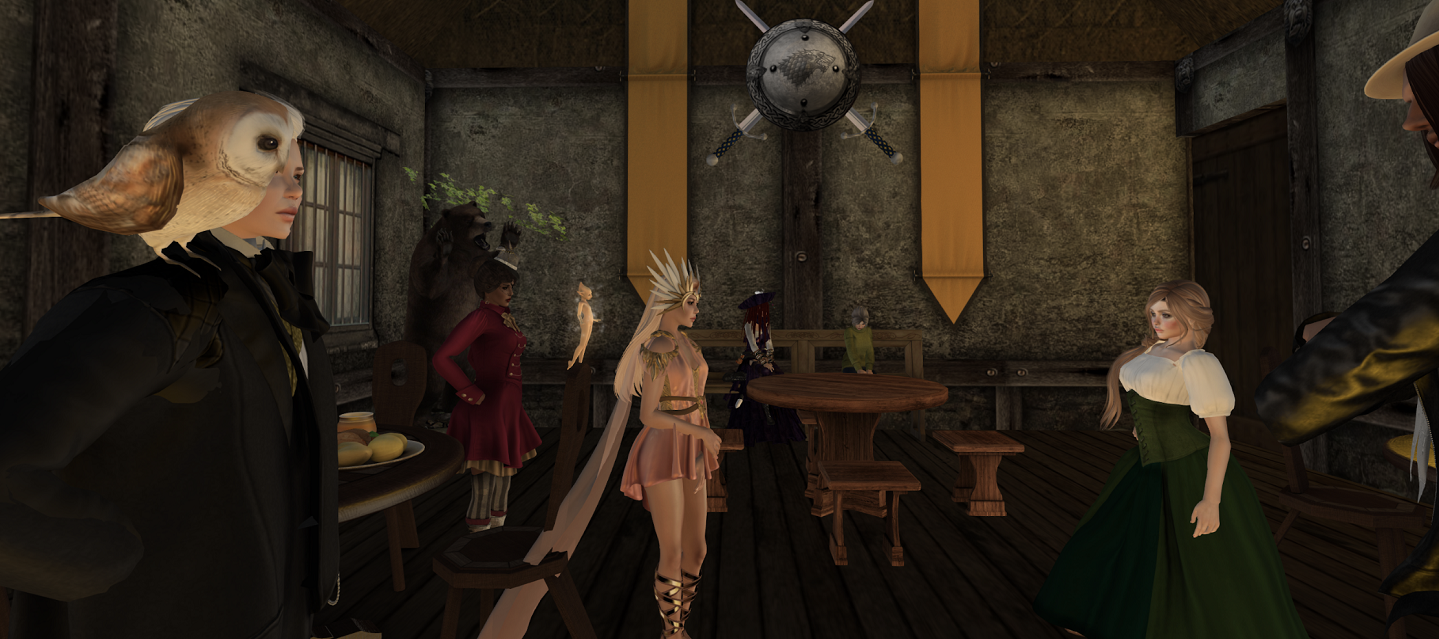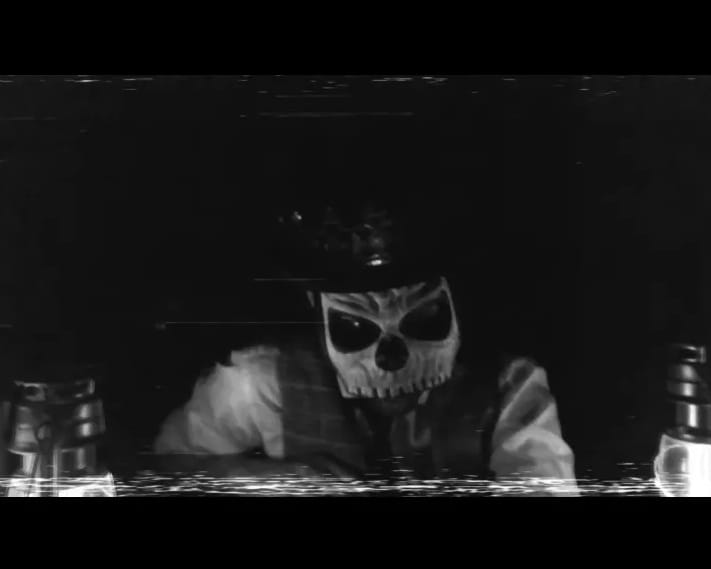Tag: Online larp
-

Actual Plays of Live-Action Online Games (LAOGs)
Why make recordings of larps played online? Read about the reasons for doing so, the history of the activity, and the considerations involved.
-

Listen 2 Your Heart Season 8: An Unexpectedly Bleedy Experiment
Reflections on an online larp adaptation of the popular Netflix dating series Love is Blind.
-

The Online Larp Road Trip
The pandemic was catastrophic for physical larp but also acted as the catalyst for the development of online larp.
-

Pandemic Larp Improvisation
Larp organizers have learned a thing or two about organizing scenarios. How have we applied those skills during the COVID-19 pandemic?
-

The Magic of the Silicon Screen
in
Since the Covid-19 pandemic, mainstream larp has ventured into the magic of modern technology and what it has to offer.
-

Immersion through Diegetic Writing in Character
in
Examples, case studies, and testimonies from larpers about in-game writing.
-

Three Forms of LAOGs
in
This article presents a categorization of LAOGs – depending on how they make use of the communication channels in place. It identifies three different forms: The Diegetic Call, The Invisible Call, and The Metaphorical Call.
-

I Stepped into the Eternal Circle, Animus: the Larp
Experiences of play and facilitation in the online larp Animus: The Eternal Circle by Chaos League.
-

Accessibility in Online Larp
in
Online larps have the potential to make games accessible for a wider variety of players who may be excluded from mainstream, face-to-face larps. Here we outline some accessibility methods.
-

Navigating Online Larp
in
There’s a lot to think about as we adapt how we design and play larps to our current constraints, but with luck the community as a whole can see that as exciting rather than offputting.